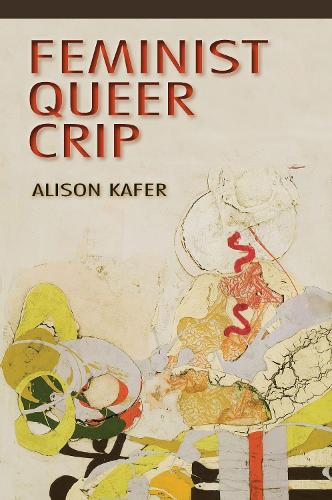Resources and articles
-
Rules of Crip Club
The first rule of Crip Club is to absolutely talk about Crip Club. Share it with friends, family, lovers and whoever you sit next to on public transport. Spread the word!
The second rule is not to be ableist.
The other rules are as follows:
Crip Club uses the social model, the model says that people are disabled by barriers in society, not by their impairment or difference. To understand better, read about the social model of disability here.
Crip Club uses identity-based language.
Crip Club when using the word disabled is inclusive of deaf, disabled, and neurodivergent people and those who have long standing mental and physical health conditions.
Crip Club will use the term Cripping Up. Cripping Up is the practice of a non-disabled actor playing the role of a disabled character. Crip Club recognises that this term is not used by the entirety of the disabled community and others may use terms such as Disabled Mimicry.
Crip Club will use the 10 principles of Disability Justice developed by Sins Invalid to inform their work. Read the 10 Principles of Disability Justice here.
The use of Crip, the history of the word and the reclamation. Crip is bold, rebellious, and unapologetic. Crip has sass and attitude. Crip is a movement that has emerged from the disability community actively rebelling against ableist attitudes, prejudice, and stereotypes. Read more about the history of the word Crip here.
Articles
Crip Time
Crip Club abides by Crip Time. What is Crip Time? Crip Time was created by Alison Kafer, author of Feminist Queer Crip. Crip Time states that: “Rather than bend disabled bodies and minds to meet the clock, crip time bends the clock to meet disabled bodies and minds.“ Crip Club chooses to work to Crip…

